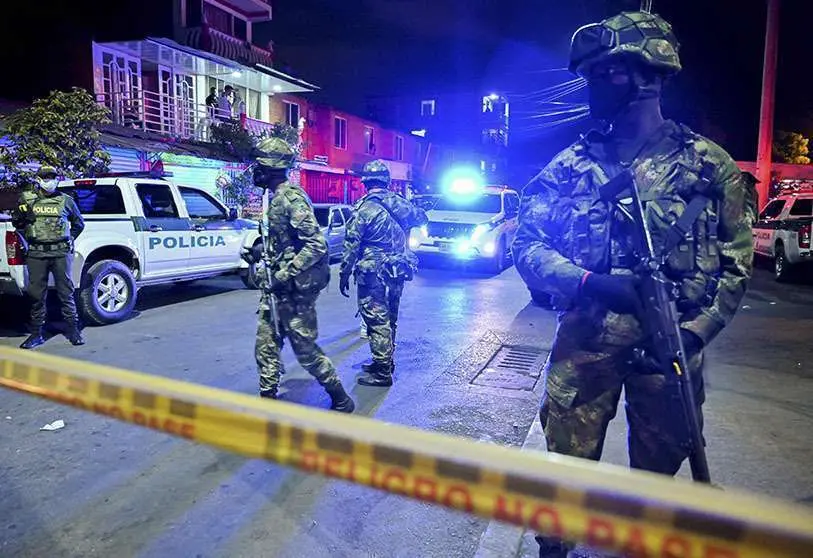Wave of violence hits Colombia

In less than a week, Colombia has experienced four violent episodes reminiscent of the cruelest leaden years of the six-decade war between the state and the Revolutionary Armed Forces of Colombia (FARC). As reported by the Colombian newspaper El Espectador, 13 young people have been murdered: two students from the municipality of Leiva; two FARC dissidents and eight others in the massacre in the municipality of Samaniego.
"We are in anarchy, a total disorder in Nariño," denounced the governor of Nariño, the department where the attacks took place. The governor on his personal Twitter account has denounced the events and noted an "incursion of armed men into a rural area of Samaniego that left nine people dead and others wounded. Rojas said the presence of these armed groups violates international humanitarian law and called for "No to bloodshed.

There have been three massacres in less than a week. On Saturday, August 8, two students who were on their way to hand in a paper were shot on their way back from school. Three days later, five minors were found dead in an area where there were reports of conflict between drug trafficking gangs. And on Sunday, eight young people were killed in an area where members of the National Liberation Army (ELN), Colombia's largest guerrilla group, have been present for years. In an interview with El Espectador, the governor asks for help from the national government and an "urgent revision of the Peace Agreement, signed in Havana.
Since the signing of the peace agreement between the government and the FARC in 2016 under the government of Juan Manuel Santos, violence has decreased considerably. But the situation seems to be changing and these latest developments have only exacerbated the violence. The government of Iván Duque, in power since 2018, has been accused by the Colombian opposition of not complying with the peace agreement.
Duque condemned the attack and has already sent the army and police. "I ordered Generals Enrique Zapatero (commander of the Army) and Jorge Vargas (director of Public Security for the Police) to move to the area. We are going to get to the bottom of this and find the perpetrators of this crime," the Colombian president wrote on social networks.

In the Nariño area, the presence of illegal armed groups is common. From the ELN, FARC dissidents and numerous drug trafficking gangs. The ELN, the oldest guerrilla group in the world, founded in 1964, is considered a "terrorist organization" by the United States, Colombia and the European Union.
The FARC, despite confirming the peace process with the Colombian State, has continued to maintain its weapons and influence in certain areas of the country, such as in the department of Nariño.








